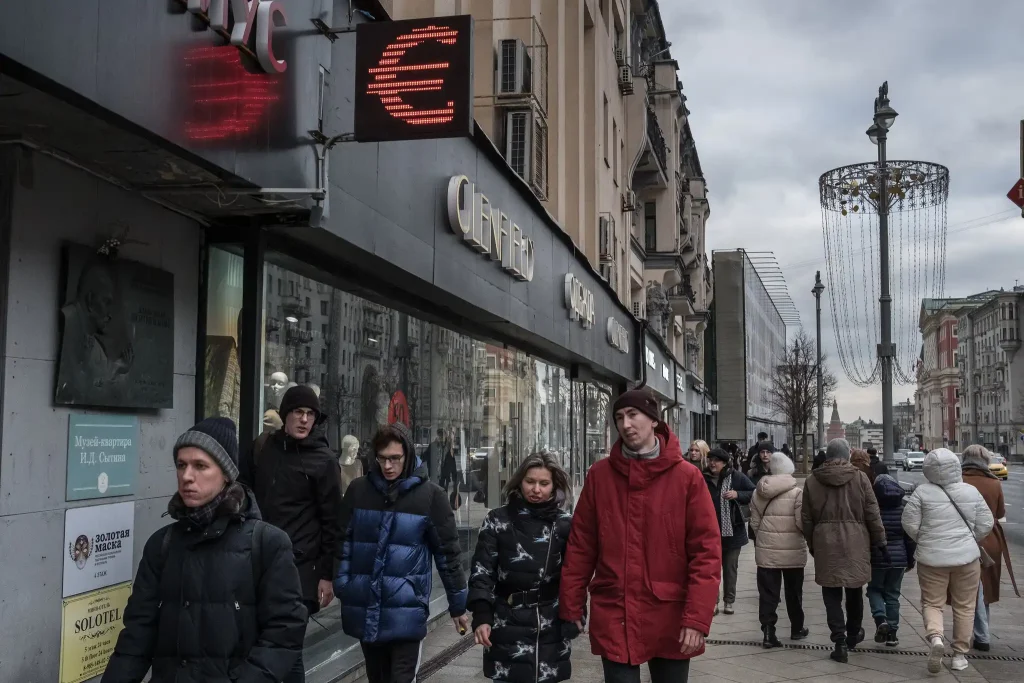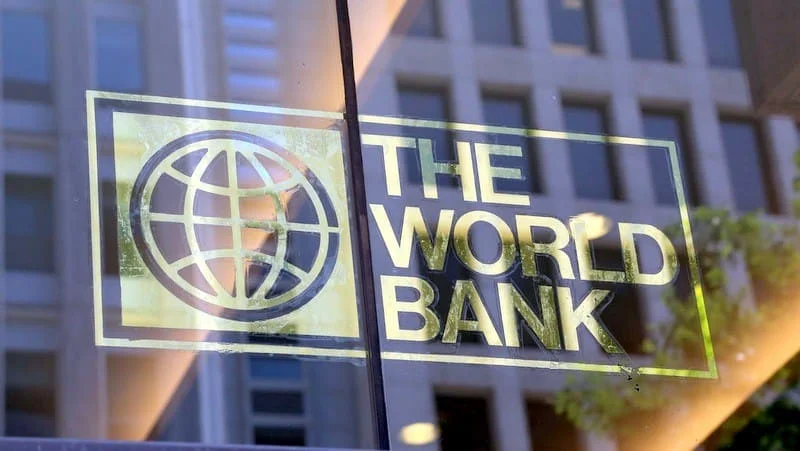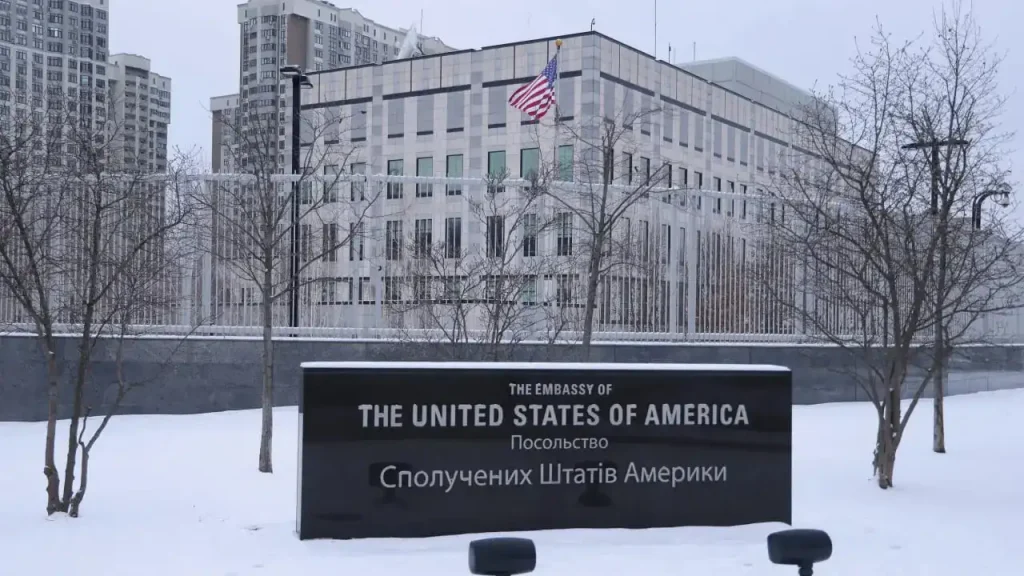SWIFT Sanctions Implemented
On February 26, 2022, the European Union, United States, United Kingdom, and Canada announced the exclusion of seven Russian banks—VTB, Bank Otkritie, Novikombank, Promsvyazbank, Bank Rossiya, Sovcombank, and VEB—from the SWIFT messaging system, effective March 12, 2022, in response to Russia’s invasion of Ukraine on February 24.
This followed initial reluctance from Germany, Italy, and Hungary, which yielded to pressure by Saturday night. European Commission President Ursula von der Leyen stated, “The exclusion of Russian banks from SWIFT will prevent these institutions from carrying out most of their global financial transactions. As a result, Russian exports and imports will be blocked.”
The move targeted banks linked to the Russian state, aiming to disrupt Russia’s economy, which saw a 5% GDP contraction in 2022, per former Russian finance minister Alexei Kudrin.
SWIFT’s Role and Russia’s Exclusion
SWIFT, the Society for Worldwide Interbank Financial Telecommunication, connects over 11,000 financial institutions across 200 countries, handling 40 million daily messages to facilitate trillions in transactions via unique BIC codes.
Russia, with 300 banks in the system—second only to the U.S.—faced significant disruption, as the ban complicated interbank transfers, forcing reliance on slower, costlier alternatives like faxes or Russia’s SPFS system, used by only 20% of its banks.
Notably, Sberbank and Gazprombank were spared due to their role in energy payments, reflecting Europe’s reliance on Russian oil and gas, which accounted for 40% of EU gas imports in 2021. Polish and Lithuanian leaders criticized this exemption, with Polish PM Mateusz Morawiecki calling it “unacceptable.”
Central Bank Restrictions
Western allies also targeted Russia’s Central Bank, holding $630 billion in reserves, preventing it from liquidating assets to stabilize the ruble, which fell 30% against the dollar by March 2022.
Von der Leyen urged EU leaders to freeze the bank’s transactions, aiming to trigger inflation and limit Russia’s ability to offset sanctions.
This built on earlier measures, including the 2014 sanctions post-Crimea annexation, and aimed to isolate Russia economically, with $1 trillion in Russian assets frozen by March 2022.
Ukraine’s Resistance and Global Context
As sanctions unfolded, Russian forces intensified attacks, targeting fuel facilities like an oil terminal in Vasylkiv, 30 km from Kyiv, on February 27. Ukraine’s President Volodymyr Zelenskyy reported fierce resistance, stating, “We have withstood and are successfully repelling enemy attacks,” in a video from Kyiv.
He rejected Russia’s proposed talks in Belarus, citing its complicity, and invited foreign fighters to join Ukraine’s defense, emphasizing the fight for “Europe and its values.”
The conflict displaced 120,000 Ukrainians, with many fleeing to Romania and Poland. Turkey, supplying Ukraine with Bayraktar TB2 drones, sought to mediate, with President Erdogan pushing for a ceasefire to avoid straining ties with both NATO and Russia.
Broader Implications
The SWIFT ban, likened to a “financial nuclear weapon” by French Finance Minister Bruno Le Maire, aimed to cripple Russia’s economy but spared energy-linked banks to maintain global market stability. Russia’s SPFS and China’s CIPS were explored as alternatives, but their limited reach—SPFS with 400 banks, mostly Russian, and CIPS processing only 2% of global payments—couldn’t fully replace SWIFT.
The sanctions, combined with Turkey’s drone support and global boycotts (e.g., Visa and Mastercard exiting Russia), deepened Russia’s isolation, though trade with China and India grew, with bilateral trade hitting $200 billion in 2022.
The measures, part of the EU’s largest sanctions package, signaled a commitment to counter Russia’s violation of post-WWII norms, with further actions promised if the invasion persisted.






